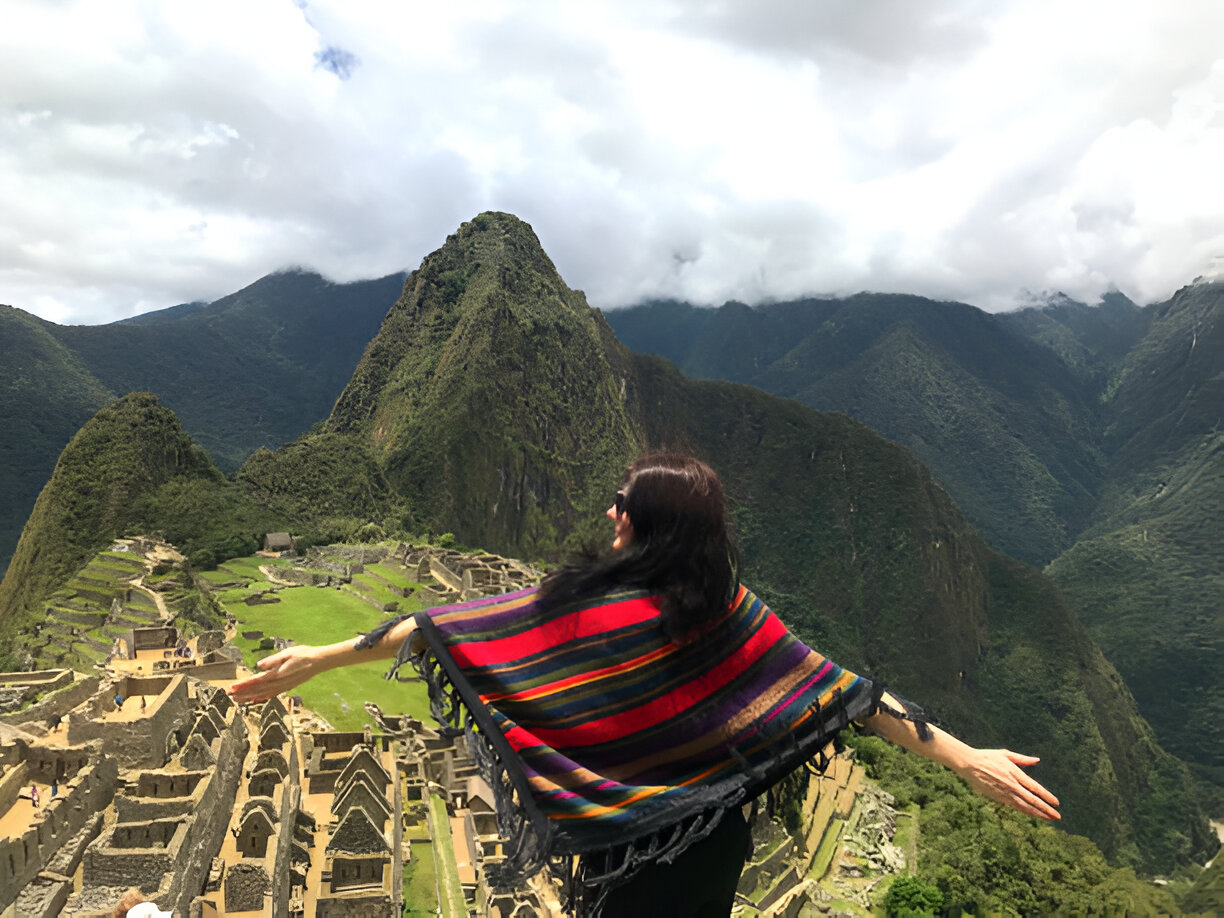Machu Picchu, one of the most iconic archaeological sites in the world, sits at an impressive elevation of 2,430 meters (7,970 feet) above sea level. This altitude is an essential aspect of any visit, influencing everything from the weather to your physical condition as you explore this ancient Incan citadel.
The elevation of Machu Picchu offers breathtaking panoramic views of the surrounding Andes Mountains and lush cloud forests, enhancing its mystique and beauty. However, travelers should be aware of the potential effects of high altitude. Symptoms such as shortness of breath, fatigue, and headaches are common, particularly for those arriving directly from lower altitudes. To mitigate these effects, it is advisable to acclimatize in Cusco or the Sacred Valley before your visit. Spending a few days at lower elevations can significantly help your body adjust to the altitude.
Getting to Machu Picchu typically involves a train journey from Cusco or Ollantaytambo, followed by a short bus ride up the mountain. This scenic route allows travelers to enjoy stunning landscapes while gradually ascending to the citadel. Once at the site, it’s important to pace yourself and stay hydrated as you explore the impressive ruins.
For those planning their trip, Peruways offers comprehensive travel packages and information to help you navigate the journey to Machu Picchu smoothly. Whether you need assistance with train bookings or tips for acclimatization, Peruways is your go-to resource for planning an unforgettable experience.
In conclusion, the elevation of Machu Picchu is a defining characteristic of this remarkable site. Understanding its effects and planning accordingly will enhance your visit, allowing you to fully appreciate the grandeur and history of this Incan masterpiece.










Comment (0)